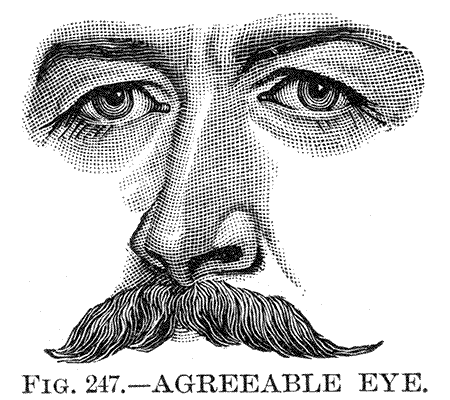Swann’s Way
A few notes on Swann’s Way: 1
- ‘Combray’ is high-modernist fancy, a lush novella of remembered childhood within the the clear framework of our narrator trying to fall asleep. Interesting in not being tied to a particular bout of insomnia – though still tightly bound with insomnia at Combray as a child. How is this going to fall in with the artistic integrity of the whole? Will it result in a narrative that exists ultimately outside of time and yet still manages to be bound within the Aristotelian dictates of a twenty-four hour drama? Is that a stupid question?
- ‘Swann in Love’ typical nineteenth century triple-decker on the surface. Didn’t go much below the surface, and so am left with an impression of Balzac (milieu, nuance, descriptions) or James (psychological messes & overniceties) or Stendhal (some of the overwrought emotions verging on melodrama) or Dickens (oh the unpleasant lack of charm of the middle class salon!).
- Timetables and the existence of time as a measurable, observable, but not necessarily accurate phenomenon. Railway timetables creating a new sense of time in the same way that passports create a new sense of citizenship. 2 Sensed time (with reference to sun) vs. measured time (clockwork, timetables). Reading the timetable as a narrative, as potential action: e.g. when Swann looks at the timetable and imagines visiting Odette in the country (p. 556 – which reminded me of The Ambassadors, Strether encountering Chad and Marie in the country).
- These are in the strictest sense of the term, simply notes. I had wanted to come up with a coherent essay on the first volume, but that desire simply led to my procrastinating on reading the rest, so I am making my notes and my peace.[↩]
- See Paul Fussell on passports, and Hugh Kenner on timetables.[↩]
